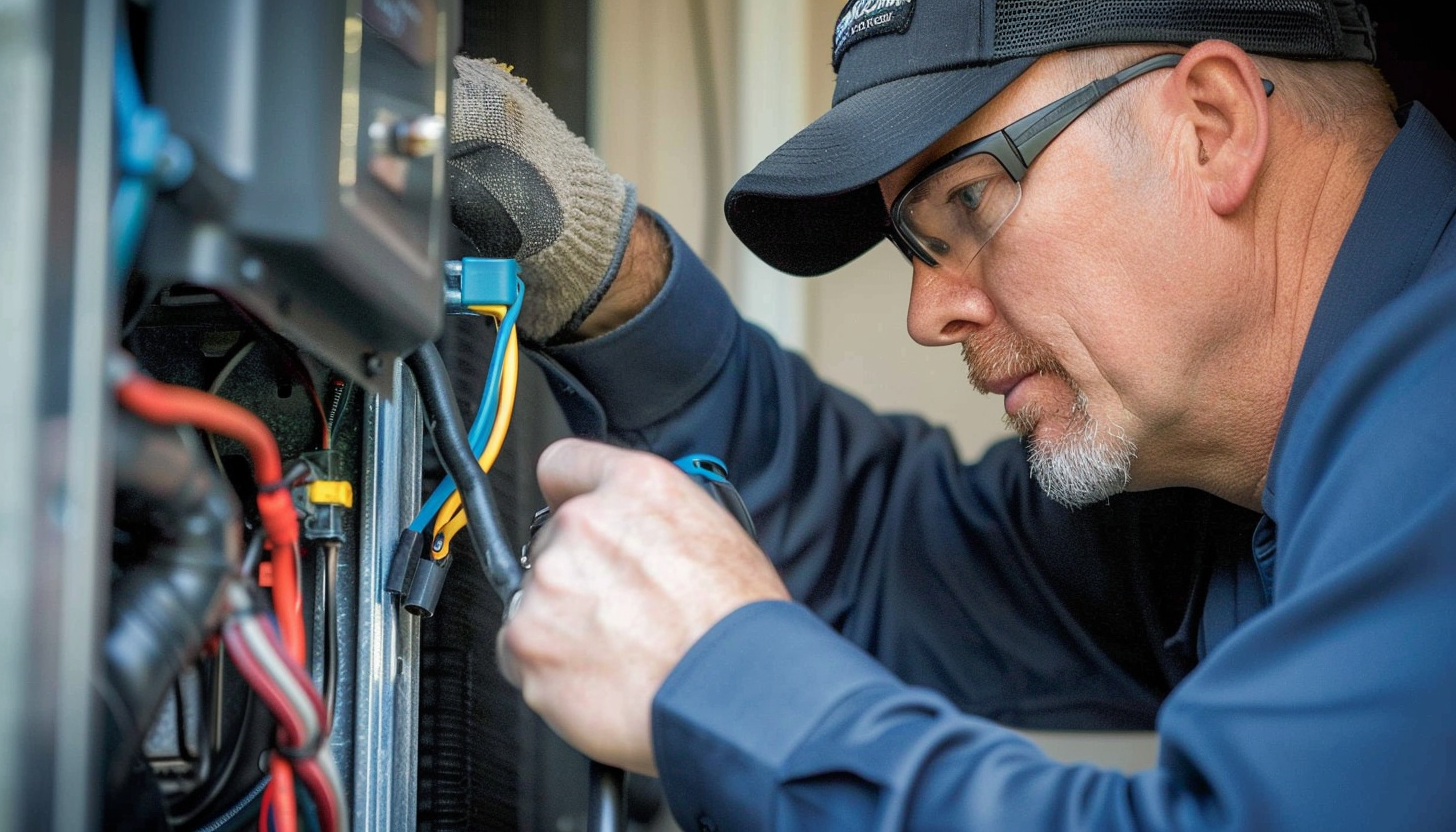In the legal space, a “claims adjuster” (also known simply as an adjuster) is a professional employed by an insurance company to investigate and evaluate insurance claims. The primary role of a claims adjuster is to assess the validity of a claim, determine the extent of the insurance company’s liability, and negotiate settlements with the policyholder or claimant. The Munley Law Glossary provides a detailed explanation of the role of claims adjusters, emphasizing their importance in the insurance industry and the claims process.
What is a Claims Adjuster?
A claims adjuster is a key figure in the insurance claims process. When an individual files a claim with their insurance company, the claims adjuster is responsible for reviewing the claim, conducting an investigation, and deciding how much, if anything, the insurance company should pay out. This involves examining the details of the claim, assessing damages, and often negotiating with the claimant to reach a fair settlement.
Types of Claims Adjusters
There are several types of claims adjusters, each serving different roles within the claims process:
- Staff Adjuster: These adjusters are full-time employees of an insurance company. They handle claims on behalf of the insurer and are tasked with protecting the company’s financial interests while ensuring that policyholders receive fair treatment.
- Independent Adjuster: Independent adjusters are not directly employed by an insurance company but are contracted to handle claims on behalf of multiple insurers. They are often hired when an insurance company needs additional help or when a claim is outside the insurer’s usual geographical area.
- Public Adjuster: Unlike staff and independent adjusters, public adjusters work on behalf of the policyholder, not the insurance company. They are hired by individuals or businesses to help file claims and negotiate settlements, often in cases where the claimant believes the insurance company’s offer is too low.
Responsibilities of a Claims Adjuster
A claims adjuster’s responsibilities typically include:
- Investigating the Claim: The adjuster gathers information related to the claim, such as reviewing police reports, interviewing witnesses, inspecting damaged property, and analyzing medical records. The goal is to determine the cause and extent of the damage or injury.
- Evaluating Coverage: The adjuster reviews the insurance policy to determine whether the claim is covered and what the policy limits are. This step is crucial in deciding how much the insurance company is obligated to pay.
- Assessing Damages: For claims involving property damage or bodily injury, the adjuster estimates the cost of repairs, replacement, or medical treatment. This may involve working with experts, such as contractors or doctors, to get accurate assessments.
- Negotiating Settlements: Once the investigation and evaluation are complete, the adjuster negotiates a settlement with the claimant. This involves balancing the policyholder’s expectations with the insurance company’s interests, aiming to resolve the claim efficiently and fairly.
- Issuing Payment: If a settlement is reached, the adjuster authorizes payment to the claimant. In some cases, the adjuster may also deny the claim if it is found to be outside the scope of the policy’s coverage.
The Role of Claims Adjusters in the Legal Context
Claims adjusters play a significant role in the legal aspects of insurance claims, particularly in the following areas:
- Litigation: If a settlement cannot be reached, the case may go to court. In such situations, the claims adjuster’s investigation and findings often become key evidence in the legal proceedings.
- Dispute Resolution: Claims adjusters are often involved in alternative dispute resolution (ADR) processes, such as mediation or arbitration, where they represent the insurance company’s position.
- Fraud Detection: Adjusters are trained to spot signs of insurance fraud. If they suspect fraudulent activity, they may refer the case to the insurance company’s fraud investigation unit or to law enforcement.
Challenges Faced by Claims Adjusters
Claims adjusters face several challenges in their work, including:
- Complex Claims: Some claims, such as those involving extensive property damage or serious injuries, can be highly complex, requiring detailed investigations and expert input.
- High Workloads: Adjusters often handle multiple claims simultaneously, which can lead to high workloads and tight deadlines.
- Balancing Interests: Adjusters must balance the need to protect the insurance company’s financial interests with the obligation to treat policyholders fairly and ethically.
The Role of Munley Law Glossary
The Munley Law Glossary is an essential resource for understanding the role and responsibilities of claims adjusters in the legal space. By providing clear definitions and explanations, the glossary helps individuals and professionals navigate the complexities of insurance claims and the legal processes involved.
A claims adjuster is a crucial figure in the insurance industry, responsible for investigating, evaluating, and negotiating claims. Their work ensures that insurance claims are resolved fairly and efficiently, balancing the interests of the insurer and the policyholder. Understanding the role of a claims adjuster, as explained in resources like the Munley Law Glossary, is vital for anyone involved in the insurance claims process, whether as a claimant, legal professional, or insurance industry participant.
